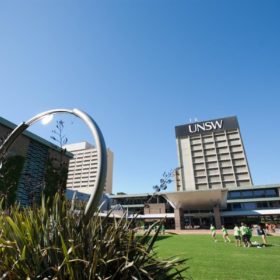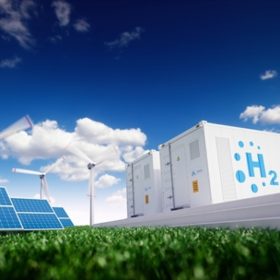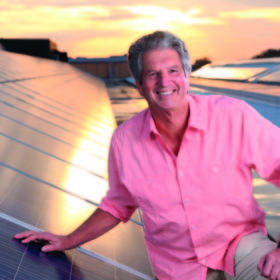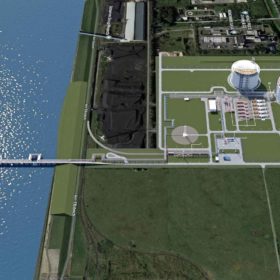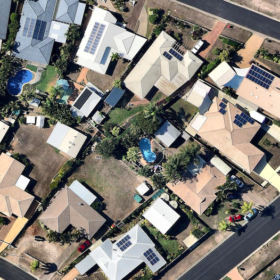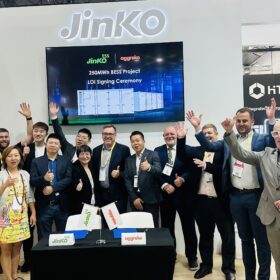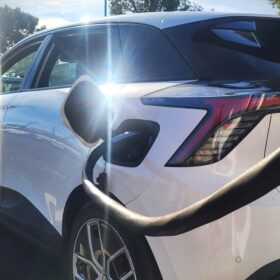Australian researchers develop direct solar-to-hydrogen generation tech
Developed by Australian scientists, the demonstrated system is claimed to achieve a solar-to-hydrogen efficiency of 20% at a levelised cost of hydrogen (LCOH) of $4.10/kg. The direct solar hydrogen generation technology is powered by a tandem perovskite-silicon solar cell with an unprecedented high open-circuit voltage of 1.271 V, and a power conversion efficiency of 24.3%.
UNSW research team to target improved solar PV cells after funding win
Researchers at the University of New South Wales will look to improve the quality of advanced solar PV cells after the project secured a share of more than $1.5 million in the latest round of the Australian Research Council’s (ARC) Linkage Project Grants.
Saturday read: In conversation with UNSW’s Anna Bruce on distributed transformation
The time is now for the energy consumer, says Anna Bruce, as energy “prosumers” produce, consume, and provide electricity and grid services in previously unimagined ways. Bruce, a senior lecturer at the University of New South Wales’ School of Solar Photovoltaic and Renewable Energy Engineering (SPREE), leads work on the role of distributed energy resources in the energy transition, analysing firsthand the dizzying level of complexity it brings.
The sunlight that powers solar panels also damages them. ‘Gallium doping’ is providing a solution
Solar power is already the cheapest form of electricity generation, and its cost will continue to fall as more improvements emerge in the technology and its global production. Now, new research is exploring what could be another major turning point in solar cell manufacturing.
All solar cell efficiencies at a glance
The research group led by Professor Martin Green has published Version 58 of the Solar cell efficiency tables. He spoke with pv magazine about the criteria with which these tables are compiled and the importance of result certification by independent third parties.
Australian hydrogen expert launches advisory firm to accelerate hydrogen economy
The University of New South Wales’s Kondo-Francois Aguey-Zinsou, who heads the Hydrogen Energy Research Centre, has launched H2Potential, a hydrogen advisory firm that seeks to incubate and accelerate some of the world’s most promising hydrogen companies as well as advising prominent companies and industry how to join the hydrogen revolution.
UNSW’s Prof Martin Green ups PV yield by cooling solar modules
In efforts to improve PV performance by helping modules keep their cool, the Martin Green team is going for 10 degrees lower operating temperatures. Cherry-picking the most practical approaches could deliver 50% extended project life.
Companies and ports lined up for Australian green hydrogen export to Germany
The joint feasibility study between Australia and Germany, HySupply, to determine the viability of a renewable energy-based hydrogen supply chain between the two countries, has progressed again after global firm RWE Supply & Trading and Australian-based The Hydrogen Utility signed a Memorandum of Understanding which could see green ammonia exports from South Australia to Germany’s LNG Terminal in Brunsbüttel.
Researchers target rooftop solar in hunt for grid security
A new research project being led by the University of New South Wales will investigate how rooftop solar PV and other distributed energy resources (DER), including small-scale batteries can be best integrated into Australia’s power grid.
UNSW flicks the switch on 100% renewable electricity
UNSW Sydney researchers pioneered the development of solar photovoltaic technology, which is now helping the University achieve net zero emissions from energy use.

